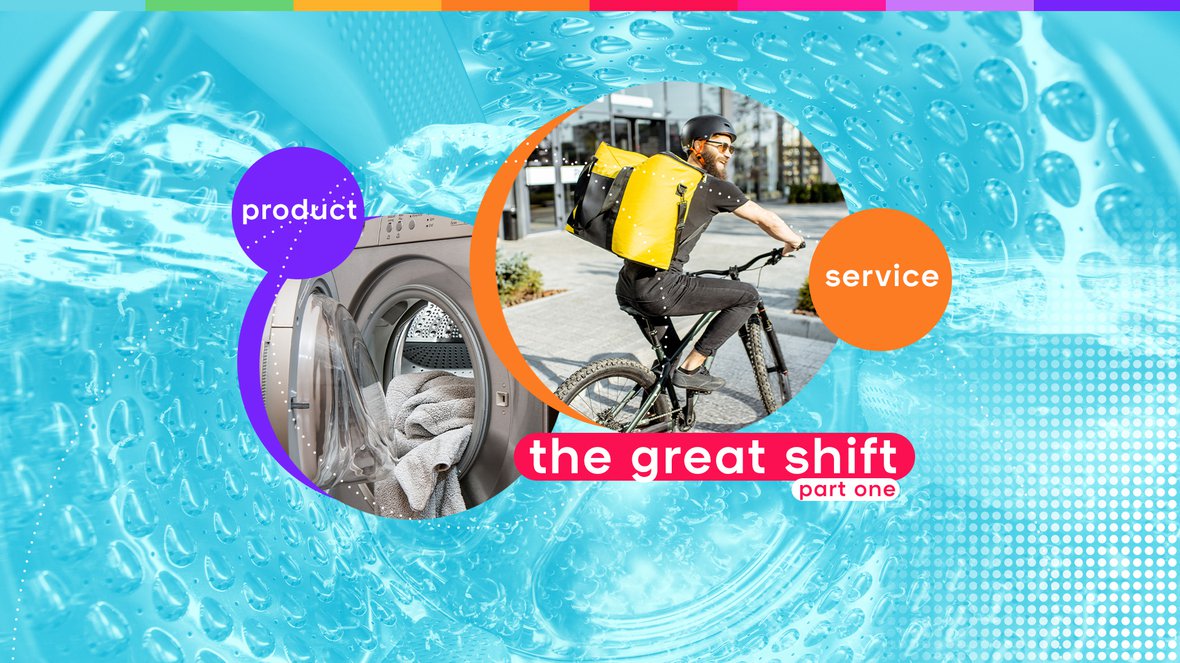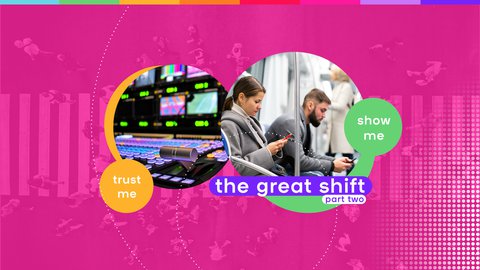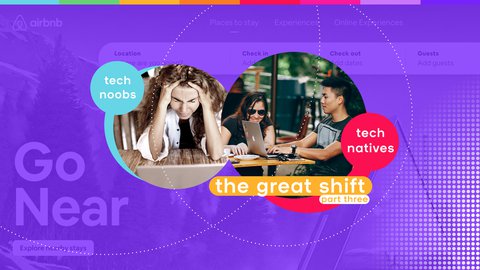I spoke to the Managing Director of Miele the Netherlands the other day, during which he shared the interesting challenge of a recent market development: the shift from product thinking towards service thinking. For Miele this challenge is as simple as it is complex. The MD of Miele summarised it thus: “People don’t want laundry machines anymore, people just want clean laundry.”
If you take a few minutes to really grasp the impact of this statement, you’ll start to understand the enormity of the transition that Miele is facing. To explore and be ready for the big change, they’ve now opened up an Experience Center in Amsterdam where you can get a clean laundry subscription. It’s a familiar enough model: some hipster bicycle courier will pick up your laundry in the morning and by the time you return home - exhausted from a hard day's work - you’ll find your clean and ironed clothes on your doorstep. There it is: the shift from owning a laundry machine to always having clean clothes. Simple, but radical.
And this made me think. If you take a closer look you will start to recognise a pattern: similar shifts are appearing everywhere.


